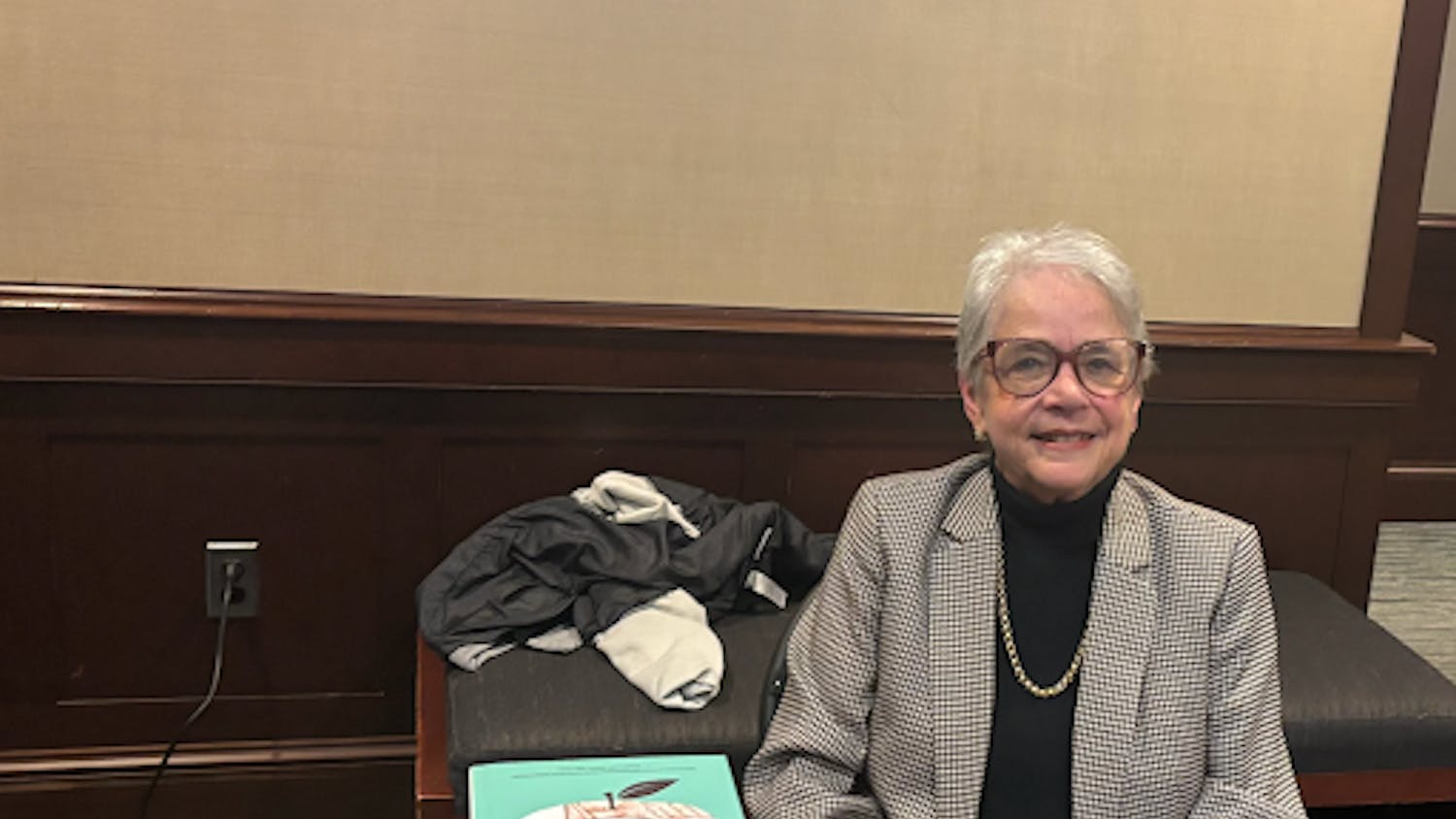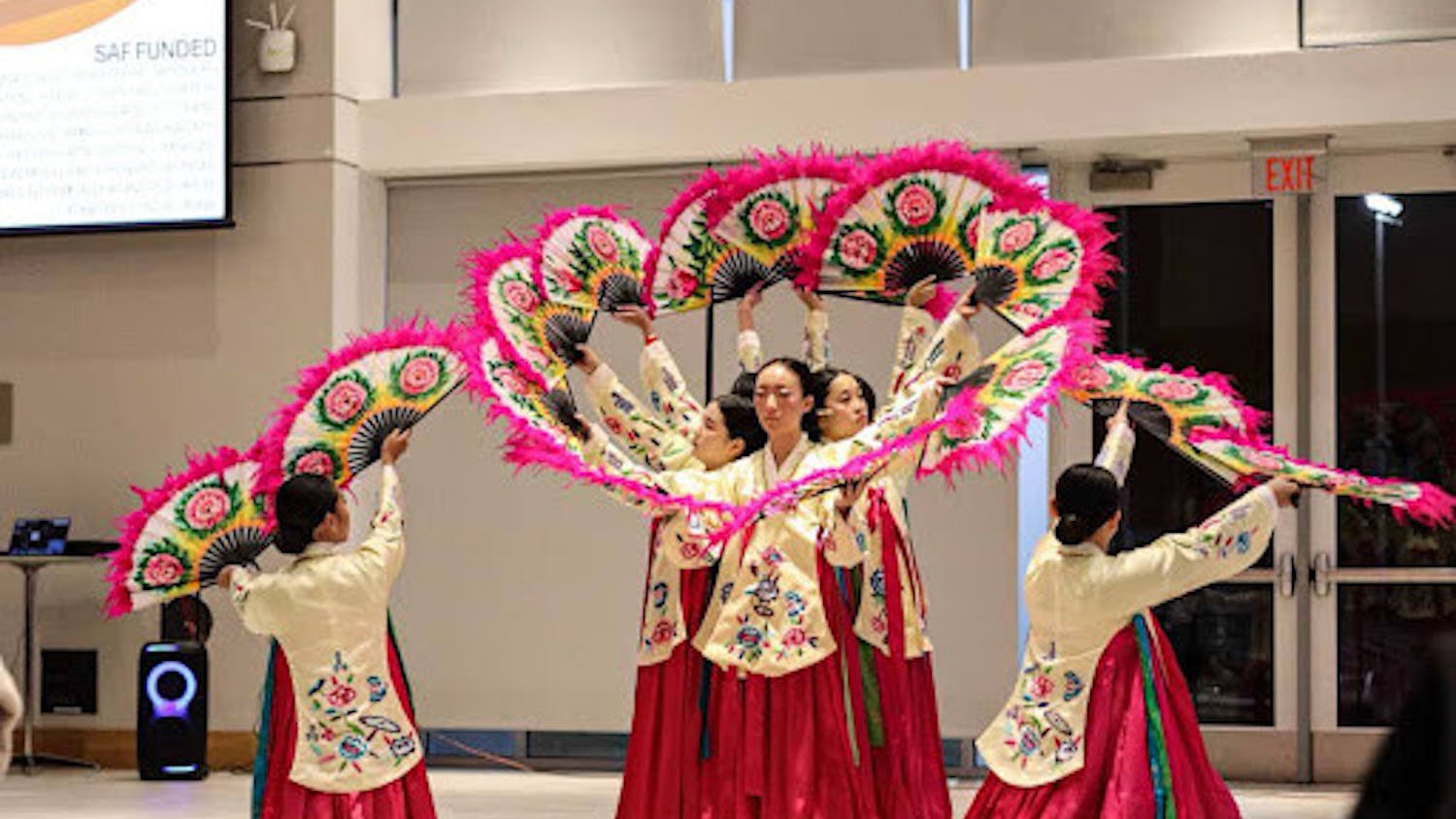A multimedia forum held on Feb. 11 explained the specifics behind New York City's rejection of the six plans initially drafted for the World Trade Center site.
According to William Ball, professor of political science who conducted the forum, two new designs have been added and are being accepted with a more encouraging reception.
The forum, "Rebuild the World Trade Center! Tragedy, Economic Power and the Passions of the People," focused on how the city went about introducing these plans.
The initial six plans were unveiled at "Listening to the City," a convention held in New York City this past summer.
A group of 5,000 citizens, each placed at tables of 10, were asked to come on a Saturday from 8 a.m. to 5 p.m. to deliberate on six different designs presented on a screen.
All six projects were voted on and all six were dismissed as being a "poor or unacceptable setting."
The six plans for the World Trade Center site were to: include a permanent memorial, public open space, cultural and civic institutions, commercial office space of 11 million square feet, a hotel (the size of the destroyed World Trade Center Marriott), retail, PATH and Mass Transit hub, service and loading areas and a Con Edison substation reconstruction.
These buildings, Ball explained, would have "everything on it that the World Trade Center had before, but with even more cultural and civic institutions and a memorial."
The problem lies in the actual physical attributes of the buildings themselves. According to Ball, the first six plans focused on "what would be in the centers rather than the symbology of appearance."
The designers neglected the importance of the meaning that would be behind the look of the new buildings.
The two new designs recently unveiled have these attributes working for them. Unlike the six previous plans, these new ideas primarily focus on the way they look, which has been shown to have more appeal to the general public.
Both designs would be the tallest buildings in the city, with the first design consisting of a lattice-work design and the second resembling a spiral.
Ball said the new designs are, "very bold in appearance - they are not about function," he said.
He does not feel, however, that these plans will reflect the outcome of the final decision. "I don't expect the outcome to bear the plans being talked of right now," he said.
"Listening to the City" aimed to use the technique of "deliberative democracy." According to Ball, the four objectives of this method are: legitimize collective decisions, encourage public spirited perspectives, reduce the scope of moral conflict and reduce the number of mistakes. The leaders of this convention felt that by using these approaches they would get the most useful feedback from the citizens attending.
Ball felt the problem with the convention itself was that, out of these nine hours, only about two and a half were given to the tables to actually deliberate.
The other six and a half hours, Ball explained, were given to the organizational details and decision makers to talk and give their opinions.
He clarified that although the gathering was not successful in choosing a workable plan, it was a successful event in terms of influence on the city.
Urban planning officials have submitted their ideas, while the N.Y. and N.J. Port Authority and Lower Manhattan Development Corporation are currently in control.
An important player in the process is private businesses, who ultimately decide if they want to enter the site.






